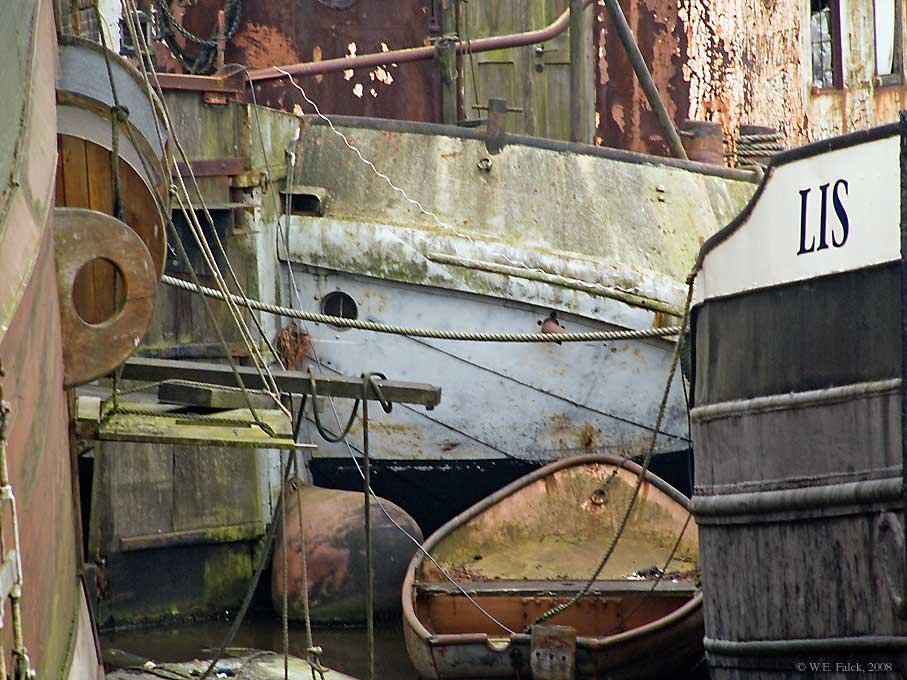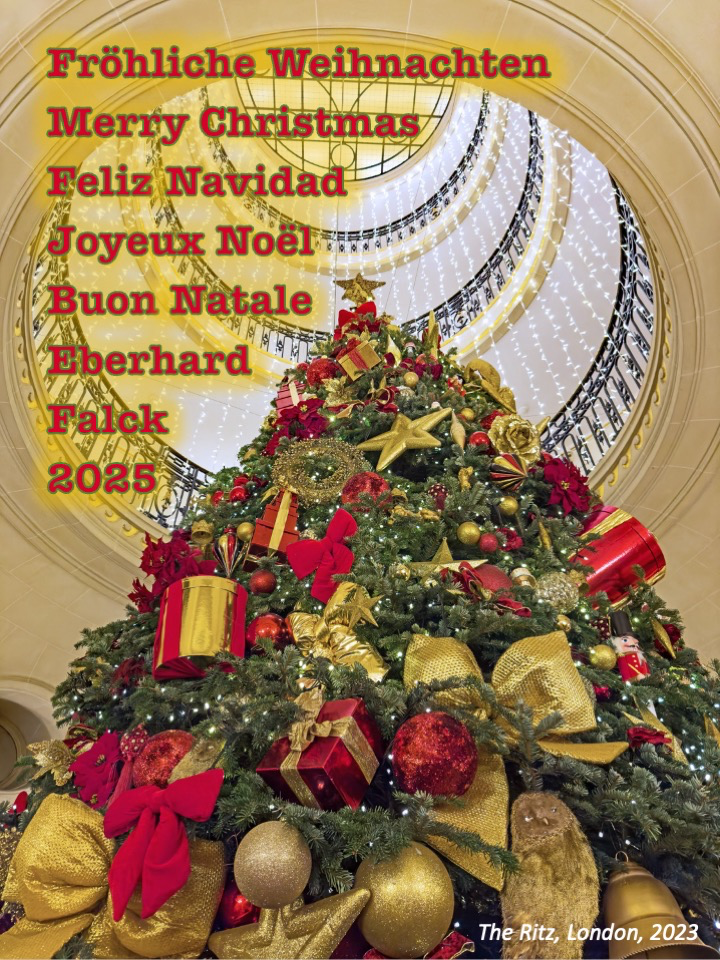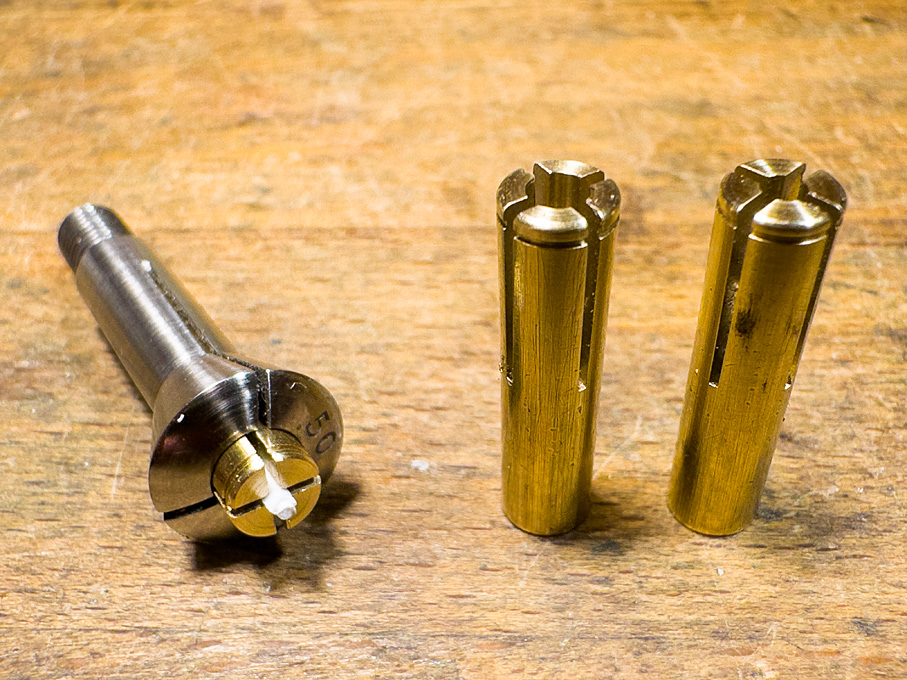-
Posts
6,603 -
Joined
-
Last visited
Content Type
Profiles
Forums
Gallery
Events
Everything posted by wefalck
-
A nice project and for European eyes rather exotic (though we know that style from 'Western' films, of course). Pure wood structures are quite rare in Europe, except for log-cabins in certain mountain and nordic areas. Somehow it would have been more sensible to design the shop as an insert with three walls that is slipped into the basic structure, once kitted out, from underneath or above.
-
Mikro Kristal Clear is an acrylic gel, I believe. It has been formulated originally for railway modellers and has been used by them to e.g. glaze locomotive windows for decades ... it's always useful to look out in other domains of modelling for useful materials and tools. Another option for glazing is the special UV-curing cement that is used for acrylic glass. It's kind of liquid acrylic glass and can also be polished like it.
-
I had a quick look at the technical note on their Web-site and according to this it is basically PVA filled with ground-up calcite and talcum (the latter presumably improves the 'flow' when working it). So there shouldn't be a problem when painting over it with acrylics unless you really soak it in paint - one should apply in thin layers anyway. I am surprised to hear about problems with Clou wood putty. I have used their products for decades and for me they are among the best on the market. A glitch could be that under pressure from the ecologists, they gradually move away from organic solvent-base formulations to acrylics-based formulations. In the case of putties this should not really be a problem - another case are the sanding fillers, that do not penetrate as well as the original ones. I would suspect that the putty was applied in a too thick layer and had not fully cured before being painted over.
-

Simple, low cost, small thimbles
wefalck replied to georgeband's topic in Masting, rigging and sails
I actually use what the watchmakers call a jewell-setting tool, for which I turn anvils and punches as needed. It has a micrometer stop so that I can set the exact distance between the anvil and punch in order to not squash the thimble. -

Simple, low cost, small thimbles
wefalck replied to georgeband's topic in Masting, rigging and sails
I am giving in to the temptation to divert this thread with another method that I have used occasionally: cored solder-wire. Push a wire into the core to avoid distorting the solder-wire while cutting sliced off. The rosin core can be washed out with a solvent. Flare one end slightly, make your eye and then flare the other side. Finally, both side can slightly peened over the rope. Core solder-wire is sold down to 0.5 mm diameter, I think. For a more sophisticated approach, you can also consult @archjofo's building log on his CREOLE. -
Me too, I love those frilly ventilation grilles 👍🏻 I have been following on/off that YouTube channel on rebuilding and fitting out the TALLY HO, that probybly most of you are aware of, and recalling how they were struggling to get all the furniture etc. to fit makes you appreciate how difficult this is in a model ...
-
This is what I tried to imply with my previous post. However, in the case of cogs, which was the subject of the original post, the scope is narrowed largely to northern Europe, so cogs indeed seem to have ventured into the Mediterranean (e.g. in the context of transporting Crusaders). Geologists have deconvoluted (or at least tried to) the different ice-flows during the different glaciations, so that we roughly know where around the northern European coast which kind of boulders from which origin can be found. If I now find in a wreck boulders of different rock species, I can to some degree locate the areas where the crew had picked up these boulders or in other words the 'ports of call' - this is assuming that no transfer of ballast has occurred between ships. There has been also for centuries, if not millenia, an extensive trade in stones of particular properties. For instance, mill and grindstones from sandstone deposits on Bornholm or the Rhineland can be found all over Europe. The rough-cut stones may have been transported as ballast or finished products partially replaced ballast in ships loaded with other products. Mapping such trade-routes is a specialised field in archaeology and history, drawing on geological, petrographic and mineralogical expertise.
-
In fact, some of the boulders that may have been used as ballast can be traced by geologists without any scientific instruments to very specific locations in Scandinavia. However, this does not mean that they have been picked up there, because these boulders have been transported by the glaciers during the various ice-ages over hundreds or thousands of kilometers to what are now the southern shores of the Baltic. With the aid of trace-element analysis today, geologists (and criminologists) can now trace many rocks to very precise locations around the world. In this way we don't necessarily know the origin of a wreck, but we know, where it has loaded ballast.
-
Hopefully not too many, Pat ! ****************************** Another small toolmaking digression One of the great advantages of watchmaker’s lathes is the multitude of work-holding options/spindle tooling. There are collets and chucks of many different sizes and types. One type, however, never seems to have been made and this is collets with square holes. In a way it is understandable, as making exactly centric square holes with the technology available 50+ years ago, would have been quite a challenge and expensive. Today with EDM that would not be a problem anymore. It seems that watchmakers actually had little need for them and when they needed to chuck up a winding stem at the square end, they would have used a so-called 8-screw chuck, which however, is worse to set up than a four-jaw independent chuck. I expect to have to work at the ends of some square section materials soon. While I have also a centric four-jaw chuck for the lathe, it does not fit onto micro-mill and for parts of less than 2 mm edge length it is not very precise. Working on such small parts in a chuck does not feel very safe either. Therefore, I decided to finally implement and idea that I have been tossing about for years: square insert collets. A standard fitting for watchmaker’s lathes is a set of brass insert collets that are used to hold delicate objects, such as small screws by their threads. They fit into a 5.0 mm collet and have three slots to ensure concentricity. The idea was to make collets with two cross-wise slots (like the cheapo brass collets you can buy for handheld drills) and a bore in the centre. By combining an appropriate slot width with an appropriate bore, you can make square stock fit diagonally into the collet and centre it exactly. I worked out the geometry needed for 1 mm, 1.5 mm and 2 mm square stock/parts respectively. The other dimensions were taken from the existing insert collets, i.e. the diameter of 5 mm and the length of 20 mm. Blanks were turned up from some quality old brass rod, bored from the back with 2.5 mm and threaded M3 for depth stops to made at some later stage, if needed. The blanks then were turned around and drilled 1.1, 1.7 and 2.4 mm respectively for the three collet sizes. A shallow groove turned in facilitates the extraction from the main collet. The parts then were transferred to the mill and set up in a vice with a square collet block for slotting exactly across the centre. They were all slotted 0.5 mm. A test turn with a 1 mm square polystyrene rod shows that this works very well. Size 1 mm, 1.5 mm and 2 mm square insert collets for 5 mm watchmaker’s lathe collet. Back to the Rahschlup now.
-
As a geologist (who received his basic university education in the geographical area of question), I would say that there are no 'ice-shattered' rocks ... On the sand vs. rock ballast, one has to make a difference between the regions: in the continental North Sea regions boulders or pebbles were difficult to come by, while in the Baltic region pure sand is more difficult to find. Sand has the risk of clogging up pumps ... In the harbours in the region in question regulations for where to discharge (sand) ballast were put into place quite early, as 'wild' discharges near the quays led to sanding-up issues at a time, where dredging was in its infancy or no means were available at all. Pebble and boulders on the other hand were valuable building materials for e.g. foundations or paving.
-
As always, the region you are looking at is important re. the availability of rocks. In fact, most of the southern Baltic and adjacent North Sea areas, where cogs originated from and in which they traded are areas of glacial moraines with little outcrop of bedrock. What you would find there are so-called erratic blocks, well-rounded due to glacier and melt-water transport. These would also be the areas of aboundant rounded pebbles on the beaches. The rock-types would be mainly granites and gneisses. There are sandstone and limestone outcrops on the Baltic islands of Gotland and Bornholm. Sweden and Finland have exposed outcrops of granites. In Denmark and Northern Germany there are only a couple of outcrops of limestone. Along the coasts of the British Islands and France, one would find a greater variety in rocks along the exposed coastal cliffs. Apart from those erractic blocks and the pebbles picked up on the beaches or when ploughing fields, there has been for centuries a trade in cut stone-slabs from Scandinavia to Denmark and Northern Germany as ballast. These were used in construction and to pave sidewalks. On the return trips the ships were ballasted with sand instead. However, I don't know, when this kind of trade started. Concerning sizes, in those moraines you can find anything from car-sized blocks to gravel and sand. I gather people used what they found and what could be man-handled - keep in mind that a block of rock weighs about 2.5 to 3 times as much as an equally sized glass of beer ...
-
I agree, every time a similar product appears from the East on our markets we talk about 'pirates'. Strictly speaking, one can only talk about it, if the design or lable is legally protected, e.g. by a patent or a trade-mark. I don't know, whether the 'Cool-Tool' designs of these modular machines (either in plastic or in metal) are (still) protected in any way. Fact is, that these products coming out of Austria, first appeared on the market in the late 1980s the latest. I recall having seen them in a shop in around 1988, when living in the UK. These Chines copies appear on our markets for the last few years, so a good 40 years later. Whether these are legal copies of an unprotected design or of a pirated design I can't really say. So perhaps, I shouldn't have used the P-word. On the other hand, there is no comparable European or US American product ...
-
Unlike my wife, I don't really believe in telepathy, but it is weird that yesterday afternoon I was thinking of your work, that you hadn't been visible here for a long time, and that I should perhaps prompt you with a post here ... glad to hear that you are back - considering that most of us are 65+ plus one has certain apprehensions health-wise.
- 2,215 replies
-

Looking for ideas for work area
wefalck replied to Desertanimal's topic in Modeling tools and Workshop Equipment
Indeed, IKEA (kitchen) furniture gives a lot of options for 'hacks'. I built a wall-length hotel-style built-in bedroom wardobe including TV nook with them and something similar for a living-room with TV behind sliding doors, bookshelves and a mock fireplace from them. My workshop is built around Kalvalier(discontinued) and Billy units. At some stage IKEA did also hardboard with holes for plastic hooks which are very handy for hanging tools, but they discontinued those. However, I have attached narrow shelves above the workbench by screwing from behind into the boards using long screws. -
This is just my irrelevant opinion, but I would not have a lot of confidence into the rigidity, stiffness, and accuracy of set-ups that involve hand-held rotary tools in general. While it can be useful to have a tilting head, tramming it in exactly vertical can be a pain. However, there is no problem with side pressure in the rotary tool itself, as these are designed for that. I can very well understand that space can be an issue, which seems to make combination machines attractive, but in general, space saving is bought with time spending for set-ups.
-

HMCSS Victoria 1855 by BANYAN - 1:72
wefalck replied to BANYAN's topic in - Build logs for subjects built 1851 - 1900
Good to hear, Pat, that the intervention went well and that you are back at the project!- 1,013 replies
-
- gun dispatch vessel
- victoria
-
(and 2 more)
Tagged with:
About us
Modelshipworld - Advancing Ship Modeling through Research
SSL Secured
Your security is important for us so this Website is SSL-Secured
NRG Mailing Address
Nautical Research Guild
237 South Lincoln Street
Westmont IL, 60559-1917
Model Ship World ® and the MSW logo are Registered Trademarks, and belong to the Nautical Research Guild (United States Patent and Trademark Office: No. 6,929,264 & No. 6,929,274, registered Dec. 20, 2022)
Helpful Links
About the NRG
If you enjoy building ship models that are historically accurate as well as beautiful, then The Nautical Research Guild (NRG) is just right for you.
The Guild is a non-profit educational organization whose mission is to “Advance Ship Modeling Through Research”. We provide support to our members in their efforts to raise the quality of their model ships.
The Nautical Research Guild has published our world-renowned quarterly magazine, The Nautical Research Journal, since 1955. The pages of the Journal are full of articles by accomplished ship modelers who show you how they create those exquisite details on their models, and by maritime historians who show you the correct details to build. The Journal is available in both print and digital editions. Go to the NRG web site (www.thenrg.org) to download a complimentary digital copy of the Journal. The NRG also publishes plan sets, books and compilations of back issues of the Journal and the former Ships in Scale and Model Ship Builder magazines.






